Kafue, Zambia
Despite Kafue being one of Africa’s largest wilderness reserves (22,400km²) and Zambia’s oldest National Park, it remains one of the continent’s best-kept secrets. It is remarkable, considering the enormous variety of wildlife and natural habitats. Stretching over the three huge North Western, Central and Southern provinces access is via a network of dirt tracks and waterways. Which gives it the feeling of being ‘lost in space’, as much as ‘time’.
Stretching over the three huge North Western, Central and Southern provinces access is via a network of dirt tracks and waterways. Which gives it the feeling of being ‘lost in space’, as much as ‘time’.
 I love it and am always drawn in by the size, and horizon-stretching peacefulness of the reserve. Backed up by so few tourist numbers and vast areas of untouched natural bush landscape, every visit is a delight.
I love it and am always drawn in by the size, and horizon-stretching peacefulness of the reserve. Backed up by so few tourist numbers and vast areas of untouched natural bush landscape, every visit is a delight.
As highlighted in my previous blog posting on Shumba Camp, the remoteness of such an extensive National Park offers considerable challenges to the spare sprinkling of camps, lodges and safari operators. Which makes the recent growth in well-managed safari services as admirable as it is essential in maintaining the very existence of such a delicately balanced wildlife preservation challenge. Whether exploring by 4×4, on foot, or from a breeze-speed hot air balloon, you are in for a treat. Furthermore, the small collection of year-round airstrips (Lufupa, Ngoma, Chunga) allows for access to the remoter regions, as well as otherwise inaccessible central and northern stretches, that are often cut off during the wetter green-season water levels.
Whether exploring by 4×4, on foot, or from a breeze-speed hot air balloon, you are in for a treat. Furthermore, the small collection of year-round airstrips (Lufupa, Ngoma, Chunga) allows for access to the remoter regions, as well as otherwise inaccessible central and northern stretches, that are often cut off during the wetter green-season water levels.
 The Busanga Plains area (where the majority of my photos were taken), is only accessible from early July through to mid-November. Equally, as the water levels rise and fall, canoeing and fishing opportunities give way to larger wildlife sightings.
The Busanga Plains area (where the majority of my photos were taken), is only accessible from early July through to mid-November. Equally, as the water levels rise and fall, canoeing and fishing opportunities give way to larger wildlife sightings.
Overall, the calmness of Kafue seeps deep into any visitor’s psyche. The open landscape and ever-changing light set the whole gamut of classic African safari experiences. In addition to lion, giraffe, buffalo, hippo, elephant and leopard opportunities, Kafue is home to impressively large numbers of ungulate, with puka and impala antelope attracting predators and subsequent birds of prey.
 Cheetah and wild dog numbers are also growing as are other species, including monitor lizards, bushpig, honey badger, bush bay, wild cat, civit, aardvark, pangolin, caracal, wild cat, grysbok, oribi and mongoose.
Cheetah and wild dog numbers are also growing as are other species, including monitor lizards, bushpig, honey badger, bush bay, wild cat, civit, aardvark, pangolin, caracal, wild cat, grysbok, oribi and mongoose.
Birdlife is equally impressive with a combination of local natural habitats allowing for over 500 recorded species. Favourites of mine include grey crowned cranes, paradise fly-catchers, kingfishers, chaplins, chats and an array of birds of prey.
 Covering an area larger than Wales, you will need to be realistic on how best to maximise on such an amazing and relatively unknown wildlife reserve. Setting a steady unfrenetic pace is essential, and will allow you to enjoy whatever time you have to soak up all that is cool, calm and Kafue.
Covering an area larger than Wales, you will need to be realistic on how best to maximise on such an amazing and relatively unknown wildlife reserve. Setting a steady unfrenetic pace is essential, and will allow you to enjoy whatever time you have to soak up all that is cool, calm and Kafue.
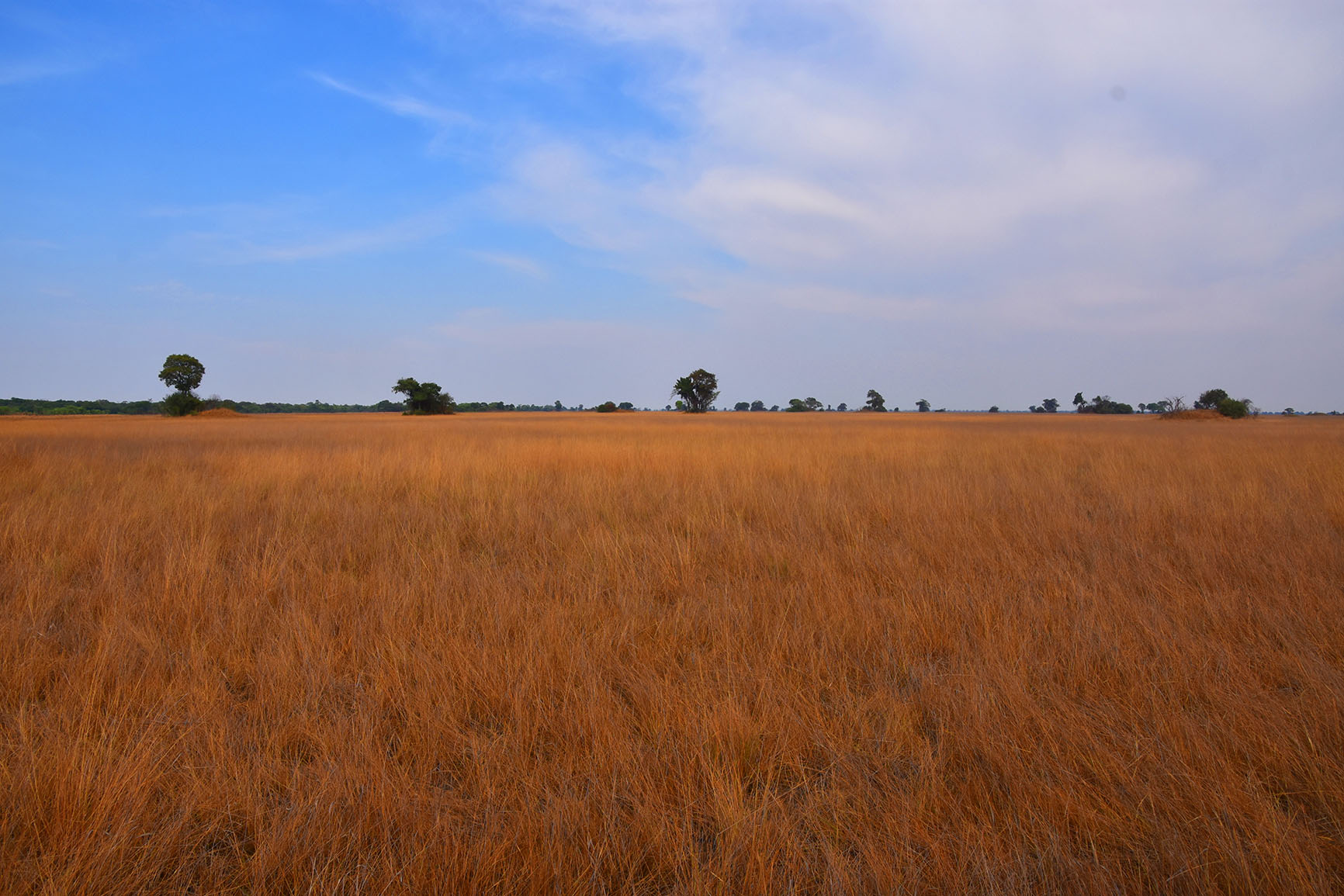


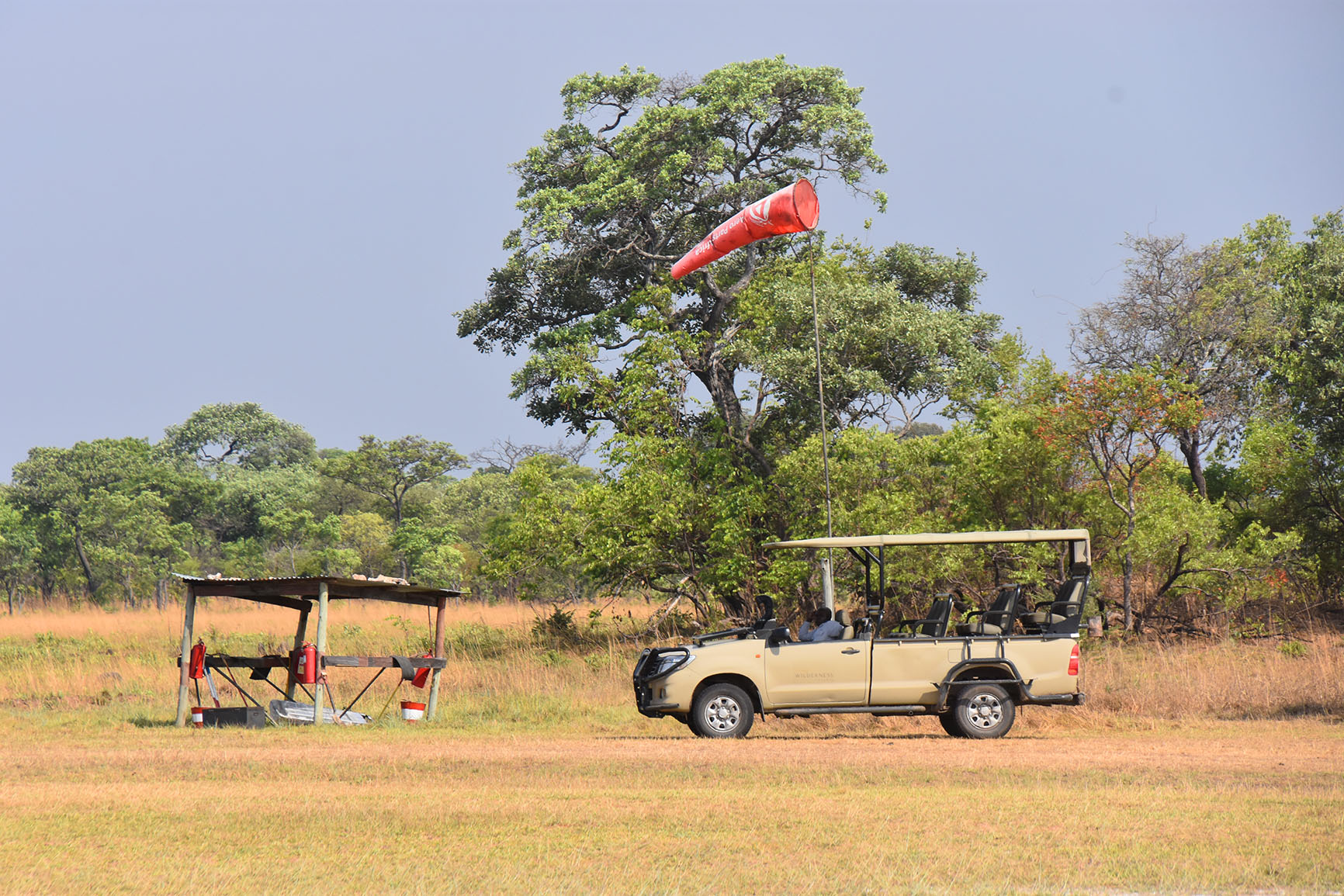





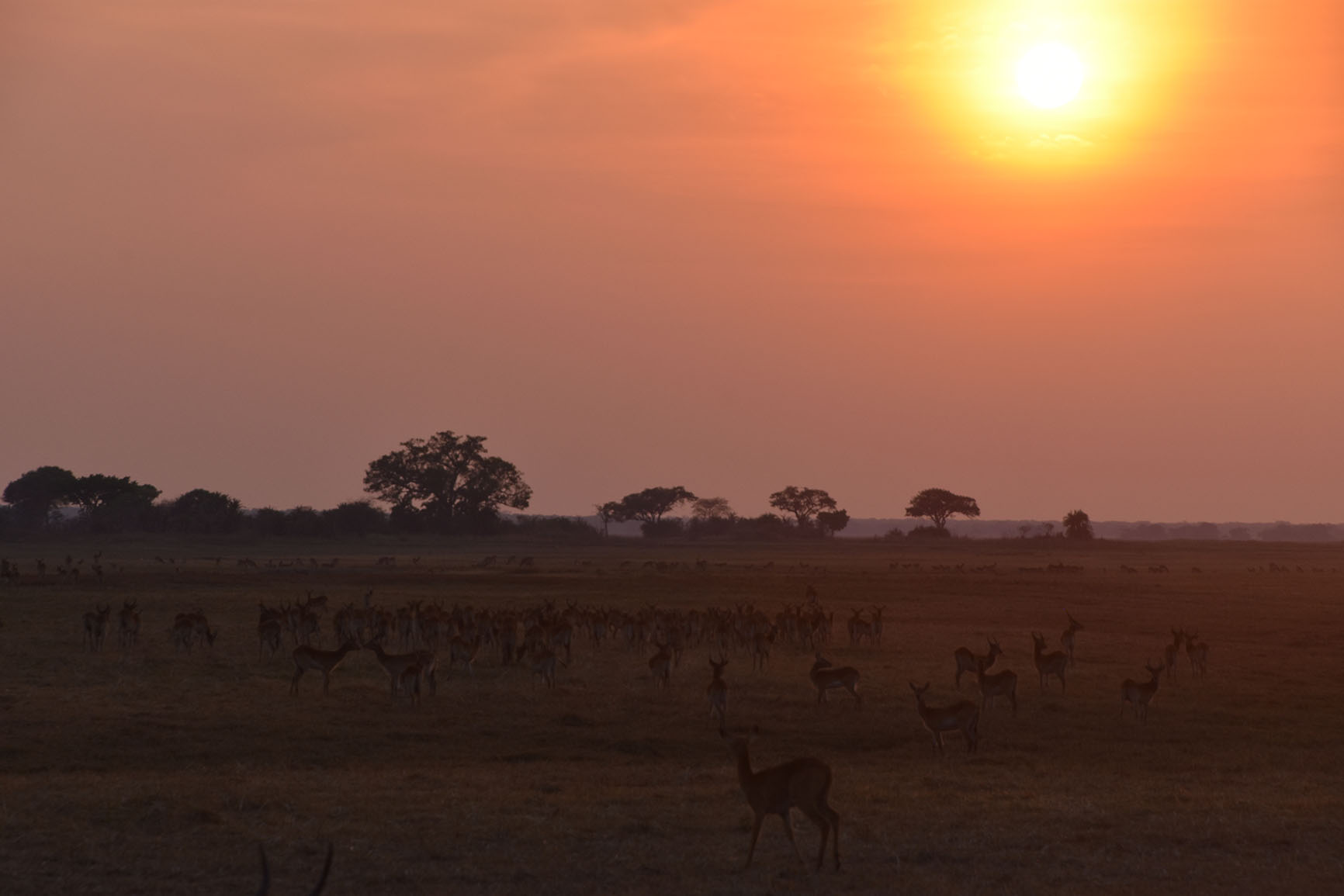




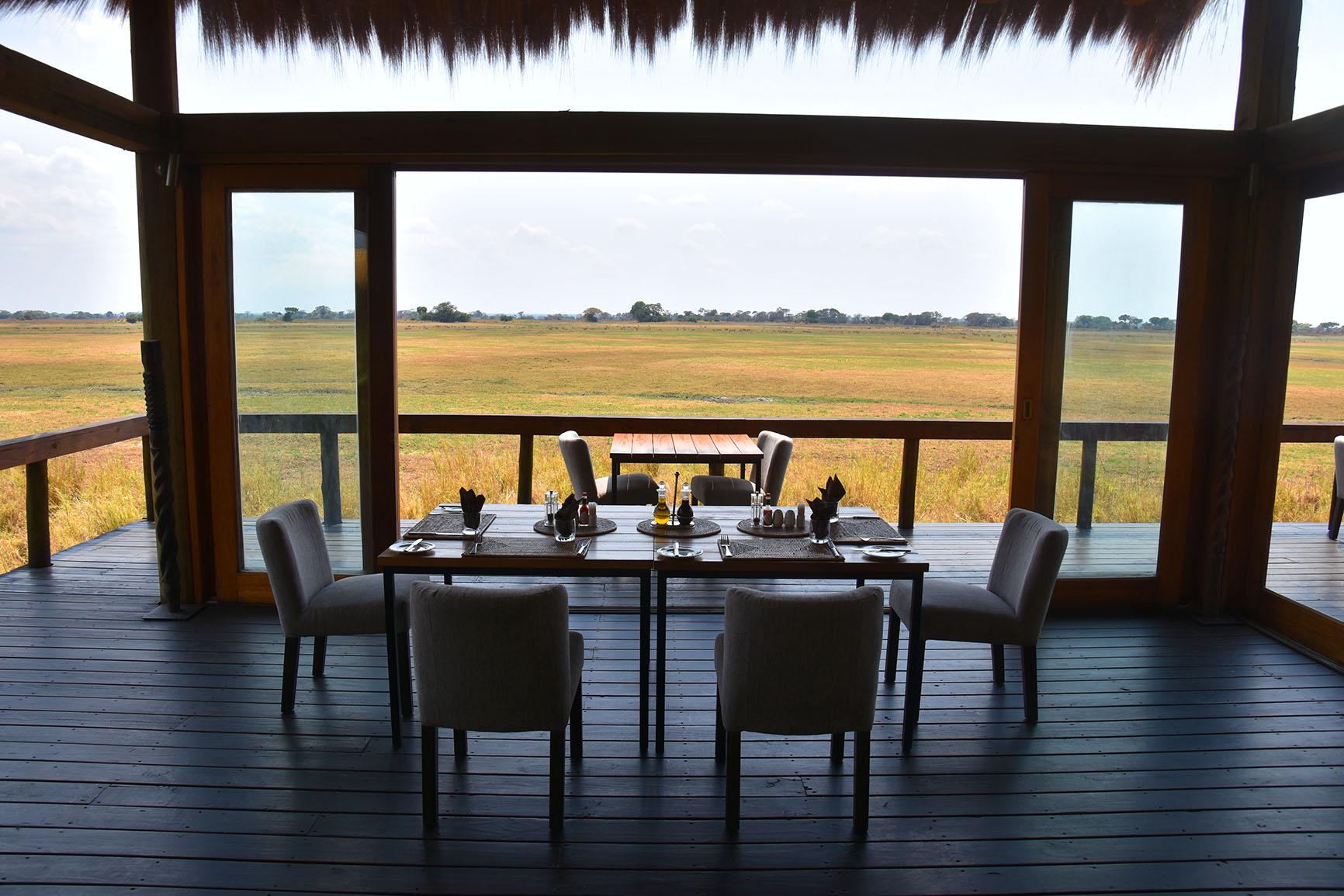




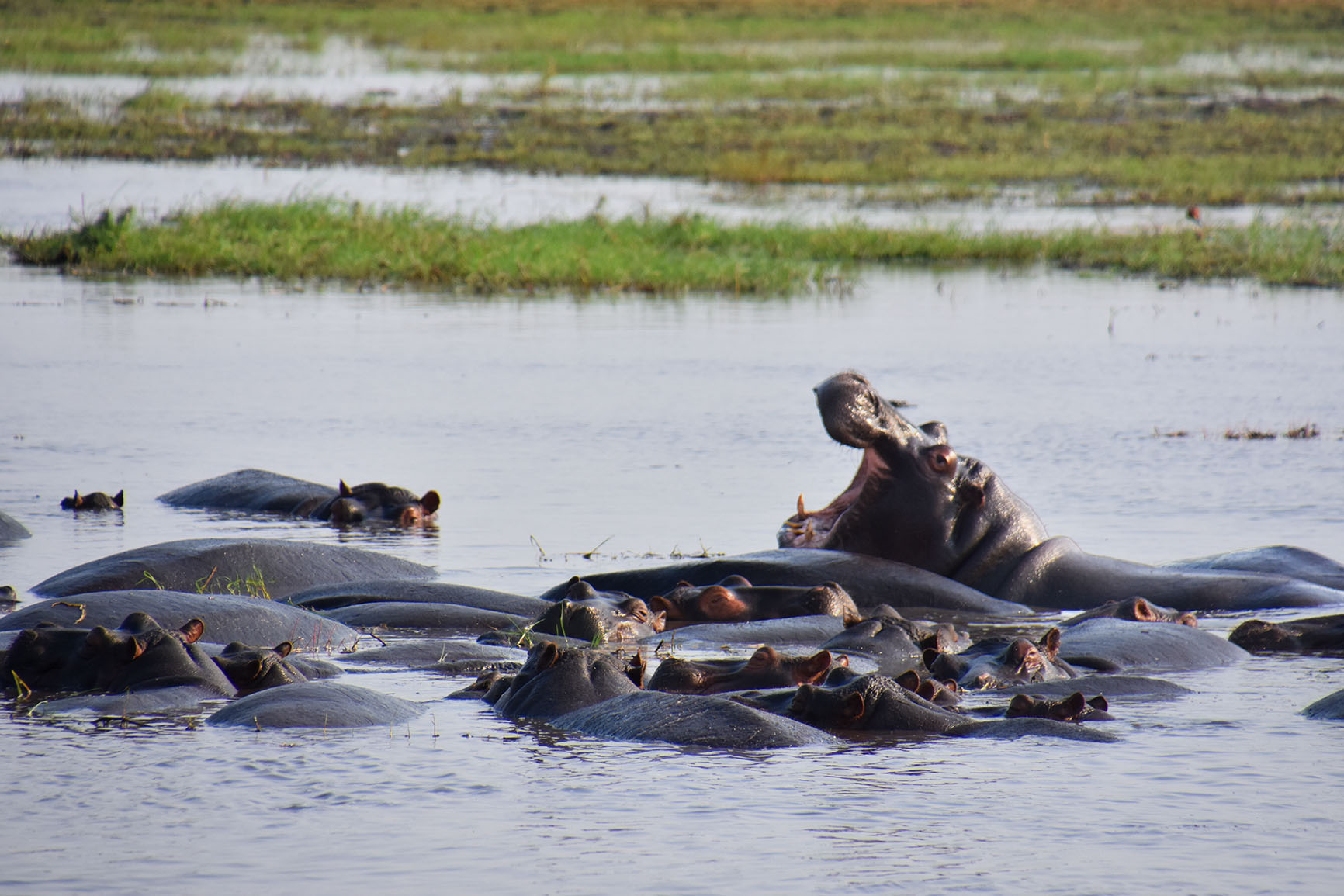





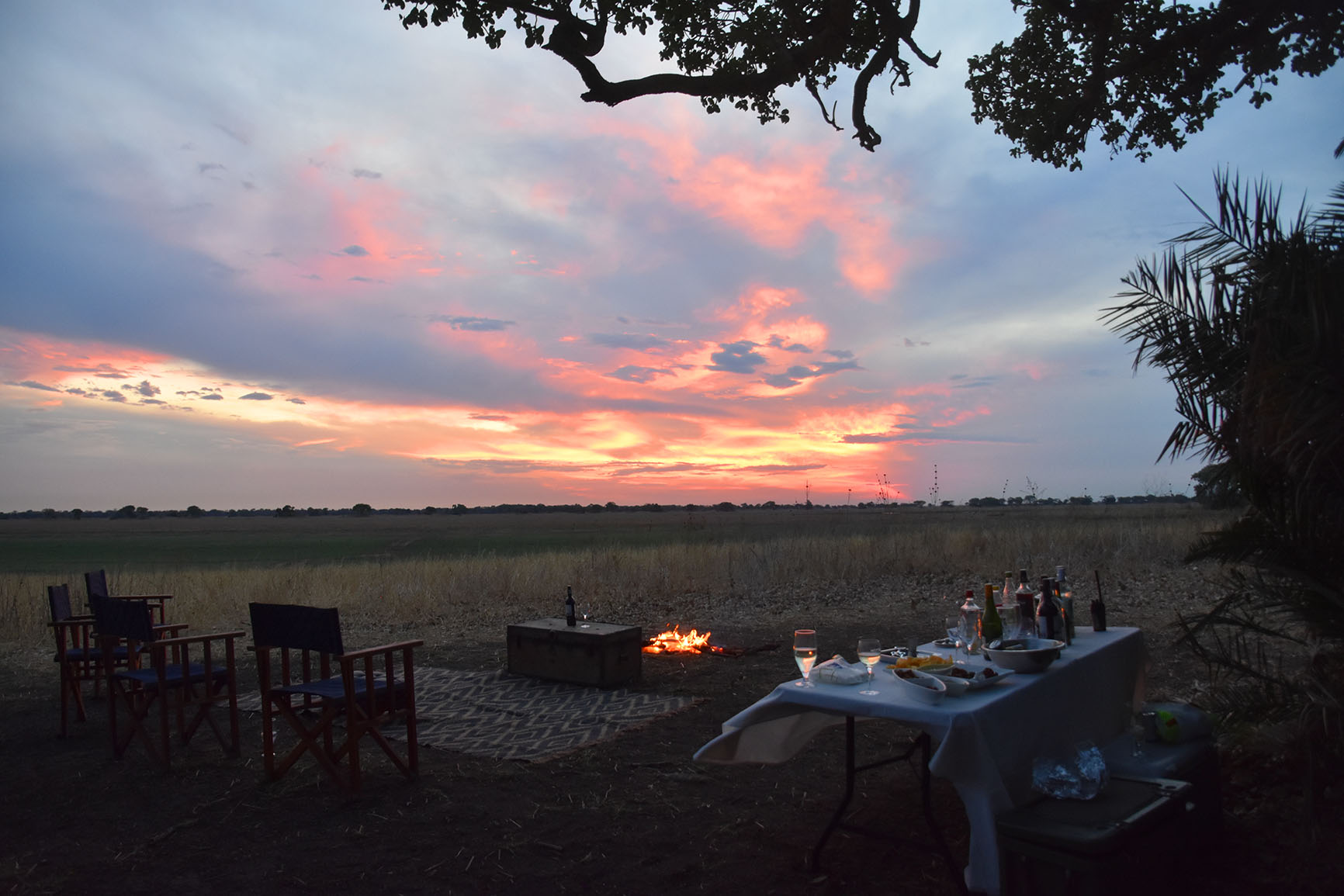













It’s amazing, really amazing
I love Nature
Wow, fantastic photos. Looks like you had a wonderful time.